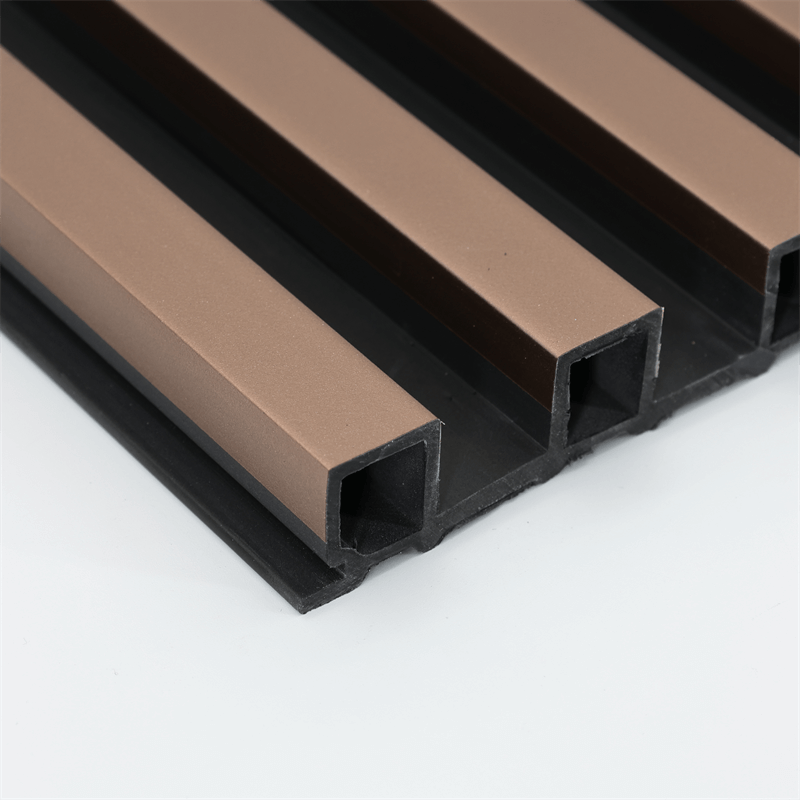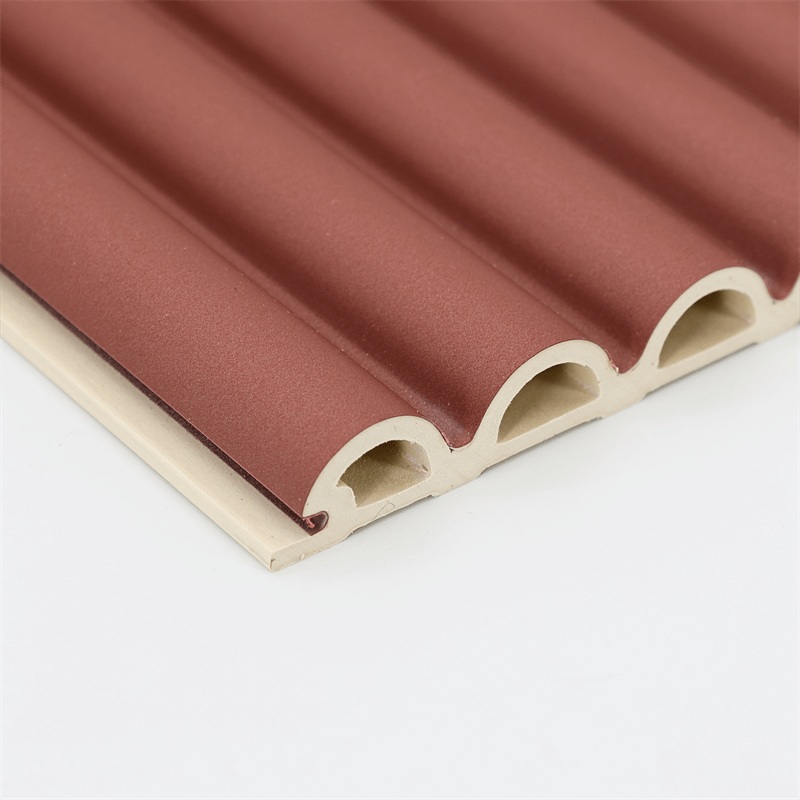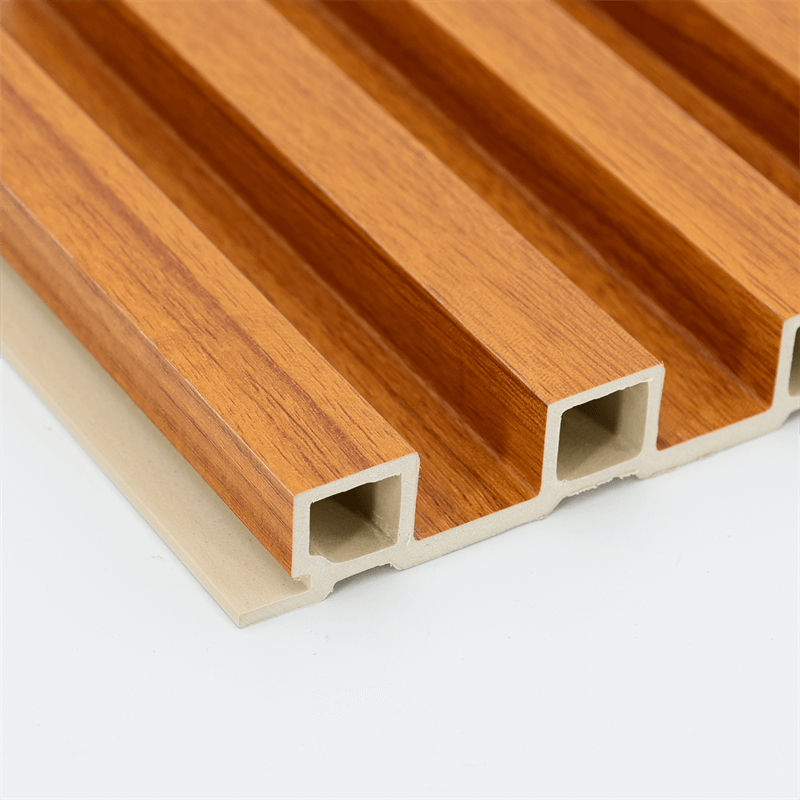
The construction industry is constantly evolving, with new materials and technologies reshaping the way buildings are designed and constructed.
WPC (Wood-Plastic Composite) wall panels have emerged as a revolutionary solution that brings significant advancements to construction practices.
In this essay, we will explore the ways in which WPC wall panels revolutionize construction practices.
We will delve into four key areas: speed and ease of installation, versatility in design, sustainability benefits, and enhanced durability and performance.
I. Speed and Ease of Installation
WPC wall panels offer a streamlined and efficient installation process, revolutionizing construction practices.
Let’s examine the factors that contribute to their speed and ease of installation:
- Lightweight Design: WPC panels are lightweight compared to traditional construction materials like concrete or brick. This lightweight nature facilitates faster installation, as it requires less labor and equipment for handling and positioning.
- Prefabrication and Modular Systems: WPC panels are often prefabricated and manufactured in standardized sizes and designs. This prefabrication allows for faster installation, as the panels can be easily transported to the construction site and quickly assembled. Modular systems further enhance the ease of installation, as the panels can be easily interlocked or fitted together.
- Interlocking Mechanisms: WPC panels are designed with interlocking mechanisms that simplify the installation process. These mechanisms ensure precise alignment and secure connections between panels, reducing the need for complex fastening systems.
II. Versatility in Design
WPC wall panels offer a wide range of design possibilities, revolutionizing the aesthetic options available in construction.
Let’s explore how their versatility in design revolutionizes construction practices:
- Customization: WPC panels can be customized to suit various design requirements. They are available in a range of textures, finishes, colors, and patterns, allowing architects and designers to unleash their creativity and bring unique visions to life. Customization options enable the panels to seamlessly integrate with different architectural styles and project aesthetics.
- Integration of Fixtures: WPC panels can be designed with pre-cut openings and integrated fixtures, such as lighting or electrical outlets. This integration streamlines the installation of fixtures, eliminating the need for additional work and ensuring a clean and organized look.
- Adaptability to Various Surfaces: WPC panels can be installed on various surfaces, including concrete, drywall, or even existing walls. Their adaptability eliminates the need for extensive surface preparation and allows for faster and more cost-effective installation. Whether it’s new construction or renovation projects, the versatility of WPC panels provides design flexibility and expands the range of possibilities.
III. Sustainability Benefits
WPC wall panels offer significant sustainability benefits, revolutionizing construction practices by aligning with the growing demand for environmentally friendly materials.
Let’s examine the sustainability benefits of WPC panels:
- Use of Recycled Materials: WPC panels incorporate recycled materials, such as post-industrial or post-consumer wood fibers and recycled thermoplastics. By repurposing these materials, WPC panels reduce the demand for virgin resources and contribute to waste reduction.
- Reduced Carbon Footprint: The production of WPC panels results in lower carbon emissions compared to traditional construction materials. The use of energy-efficient manufacturing processes and the incorporation of recycled materials help reduce the overall carbon footprint, contributing to climate change mitigation.
- Longevity and Durability: WPC panels offer long-term durability, reducing the need for frequent replacements or repairs. Their resistance to moisture, pests, and environmental factors ensures their longevity, minimizing the consumption of resources over time.
IV. Enhanced Durability and Performance
WPC wall panels revolutionize construction practices by providing enhanced durability and performance compared to traditional materials. Let’s explore their key attributes:
- Moisture Resistance: WPC panels are inherently resistant to moisture, making them suitable for both interior and exterior applications. Their moisture resistance prevents issues like rotting, warping, or decay, ensuring long-term performance in various environments.
- Impact Resistance: WPC panels exhibit excellent impact resistance, making them durable and resilient against accidental impacts or external forces. Their ability to withstand impacts reduces the risk of damage, enhancing the longevity and structural integrity of the building.
- Fire Resistance: WPC panels can be manufactured with fire-retardant properties, improving the fire safety of the construction. Fire-resistant WPC panels contribute to the overall safety of the building and comply with fire codes and regulations.
WPC wall panels have revolutionized construction practices by offering numerous advantages over traditional materials.
Their speed and ease of installation streamline the construction process, saving time and labor costs.
The versatility in design opens up new possibilities for architectural creativity.
The sustainability benefits, including the use of recycled materials and reduced carbon footprint, align with the increasing demand for environmentally friendly construction practices.
Finally, the enhanced durability and performance of WPC panels ensure long-term functionality and reduced maintenance requirements.
As the construction industry continues to evolve, WPC wall panels are at the forefront of revolutionizing construction practices.
Their transformative qualities make them a preferred choice for architects, designers, and builders who seek efficient, sustainable, and aesthetically pleasing solutions.
By embracing the innovation of WPC wall panels, the construction industry takes a significant step forward in creating buildings that are faster to construct, versatile in design, environmentally responsible, and built to last.


